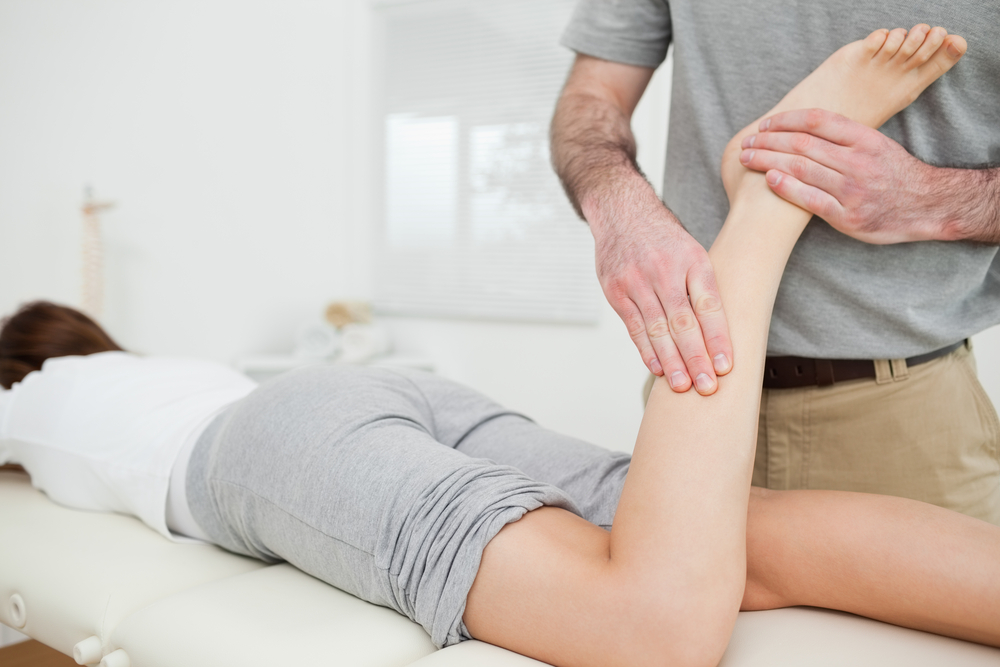
Osteoarthritis (OA) is the most common joint disorder, a result of natural aging in the joints. It is a form of arthritis that features the breakdown and eventual loss of the cartilage of one or more joints. Cartilage is a protein substance that serves as a "cushion" between the bones of the joints. Affecting over 25 million people in the United States, osteoarthritis commonly affects the hands, feet, spine, and large weight-bearing joints, such as the hips and knees. Osteoarthritis usually has no known cause and is referred to as primary osteoarthritis. When the cause of the osteoarthritis is known, the condition is referred to as secondary osteoarthritis.
Symptoms may include Pain and stiffness in the joints. The pain is often worse after exercise and when placing weight or pressure on the joint.
Avocado/soybean unsaponifiables are one of the most promising arthritis remedies. Four high-quality clinical trials suggest that avocado/soybean unsaponifiables, an extract made from avocado and soybean oils, can improve the pain and stiffness of knee and hip osteoarthritis and reduce the need for non-steroidal anti-inflammatory drugs (NSAIDs). It appears to have decrease inflammation and stimulate cartilage repair.
In France, avocado/soybean unsaponifiables have been approved as a prescription drug. In other countries, it is available as a supplement in some health food stores or online.
A typical dose is 300 milligrams per day. It usually takes between two weeks and two months to take effect. Studies have found no additional benefit with higher doses.
At least 5 million people in the United States take glucosamine or chondroitin alone or in combination. Glucosamine is used to make a molecule involved in the formation and repair of cartilage, the rubbery substance that cushions joints. Although it's still not clear exactly how glucosamine in pill-form works, it's believed to allow more of cartilage building blocks to be made. Chondroitin sulfate appears to block cartilage-destroying enzymes and help joint cartilage remain elastic and supple.
Studies with glucosamine have found a reduction in the pain, stiffness, and swelling of arthritis. It is also thought to prevent structural damage to joints. In a study published in the Archives of Internal Medicine, participants took glucosamine or placebo for three years and were x-rayed each year to assess structural changes. Participants who took the placebo had progressive joint space narrowing, a sign of cartilage degeneration, but those who took glucosamine had no significant narrowing of joint spaces.
The dose used in studies is 1500 mg glucosamine sulfate and 800 to 1200 mg chondroitin sulfate. It's important to choose glucosamine sulfate, rather than hydrochloride because many of the clinical studies have used the sulfate form. It usually takes 1 to 3 months to take effect. Side effects may include mild stomach discomfort, which can be alleviated by taking glucosamine with meals. Some glucosamine supplements are derived from the shells of crabs and other shellfish, so people with shellfish allergies should ensure they use synthetic glucosamine.
The World Health Organization has identified more than 40 conditions that acupuncture can treat, including osteoarthritis. Acupuncture involves the insertion of hair-thin needles into acupoints in the body. It is believed to rebalance the flow of energy, or qi, in the body. Studies have found that acupuncture releases natural pain-relieving substances such as endorphins and serotonin.
A study involving 294 people with osteoarthritis knee pain found that after eight weeks of treatment, participants who had acupuncture experienced a significant improvement in pain and joint function compared to those who had sham acupuncture or placebo.
Although many people think yoga involves twisting your body into pretzel-like poses, yoga can be safe and effective for people with osteoarthritis. Yoga's gentle movements can keep build strength, flexibility, and balance and reduce arthritis pain and stiffness.

young yoga girl doing yogatic exericise
A pilot study conducted by the University of Pennsylvania School of Medicine examined one type of yoga, Iyengar yoga, for people with osteoarthritis of the knee. After an 8-week course of weekly 90-minute beginner classes, there was a statistically significant reduction in pain, physical function, and mood.
If you have osteoarthritis, it's important to take some simple precautions before trying yoga. Make sure you do speak with your health care provider about possible restrictions.
Massage can help to relieve muscle tension associated with osteoarthritis. Joint pain can cause surrounding muscles to become tense. Massage boosts circulation to the affected joint, which decreases joint stiffness and promotes cartilage repair. Massage therapists do this not by directly massaging an inflamed joint, but the muscles surrounding the joint.

Massage can also prevent muscle spasms in other parts of the body. Osteoarthritis is usually one-sided, which can make muscles elsewhere tense as they try to compensate for the weakened joint.
Physical therapy can help improve muscle strength and the motion of stiff joints, as well as your sense of balance. Therapists have many techniques for treating OA. If therapy does not make you feel better after 6 - 8 weeks, then it likely will not work at all.
Splints and braces can sometimes support weakened joints. Some prevent the joint from moving; others allow some movement. You should use a brace only when your doctor or therapist recommends one. Using a brace the wrong way can cause joint damage, stiffness, and pain.
Remember that exercise (though may seem taxing at times) does greatly helps maintain joint and overall movement. Water exercises, such as swimming, are especially helpful. Incorporate walking, yoga and physical therapy when possible.
• Applying heat and cold compress or taking hot and cold baths
• Eating a green, healthy, wholesome, balanced diet
• Getting quality rest
• Losing weight (if you are overweight)
• Protecting the joints (As the pain from your hip or knee OA becomes worse, keeping up with everyday activities may become more difficult or painful.)
• People whose work is causing stress in certain joints should find ways to reduce trauma. When possible adjust your work area or change work tasks.
Resources: sportsmedicine.ucsd.edu, WebMD, medicinenet.com, MayoClinic.com
